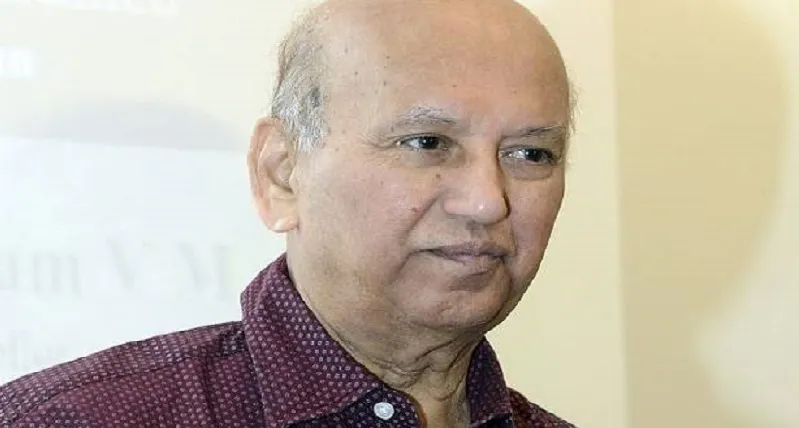The man behind India's first satellite 'Aryabhata', UR Rao passes away
ISRO chief and the man behind India's first satellite Aryabhata launched in 1975, Professor Udupi Ramachandra Rao, popularly known as UR Rao, passed away today. At 85, Rao breathed his last at his residence in Bengaluru's eastern suburb at around 3 am, after prolonged illness and age-related health issues, according to an official at The Indian Space Research Organisation. Prime Minister Narendra Modi tweeted,
Saddened by the demise of renowned scientist, Professor UR Rao. His remarkable contribution to India's space programme will never be forgotten.

Born in Adamaru district in Udupi, he served as the ISRO chief after Satish Dhawan from 1984 to 1994. Prior to this, he held various positions in the Massachusetts Institute of Technology (MIT). Last year, in May 2016, he became the first Indian to be conferred the 'Hall of Fame' award by the International Astronautical Federation (IAF). He was closely associated with India's space programmes along with prominent names like MGK Menon, Satish Dhawan, and Vikram Sarabhai. From Aryabhatta to the Mars Orbiter Mission, his contribution has been significant over the years, said a Oneindia report.
In January this year, he was awarded the Padma Vibhushan. Soon after receiving the award, Rao had joked,
I thought I would get this award posthumously.
UR Rao published over 350 scientific and technical papers on cosmic rays, interplanetary physics, high energy astronomy, space applications, and satellite and rocket technology. He was included in the INSAT series, operation polar satellite launch vehicle (PSLV) and initiated the development of the geostationary launch vehicle (GSLV) and the cryogenic technology in 1991—programmes that went on to cement India’s place with global superpowers of space technology.
Under his regime, the country saw a 'satellite era' in areas of communication, remote sensing, and meteorological services.
Do you have an interesting story to share? Please write to us at [email protected]. To stay updated with more positive news, please connect with us on Facebook and Twitter.







